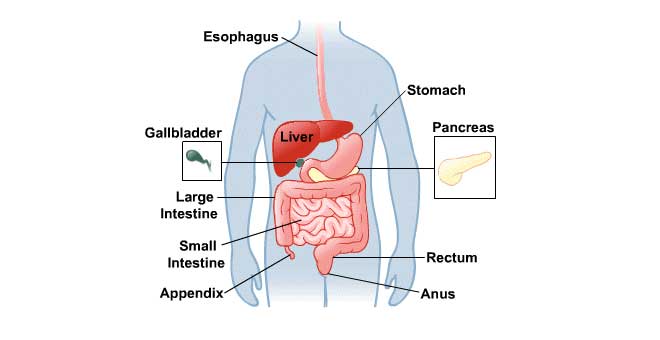
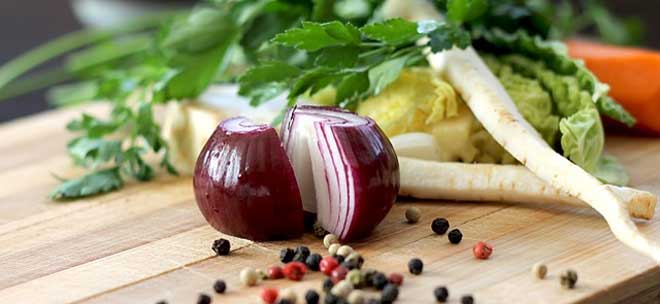
Digestive function begins at the table
What we put on our table and what we eat has a direct influence on our health and our digestive system. Modern food is the main cause of modern diseases due to the great imbalance it causes in our organism.
We eat more and more standardised, industrialised foods, with added preservatives, flavour-enhancing colourings and devoid of trace elements, vitamins and minerals.
The current way of cultivating and harvesting is not the same as it used to be, an imbalance is created, as we are bypassing the laws of balance of nature. The focus is no longer on the quality of food, but on profitability, which means that food is prepared, cooked, freeze-dried, chemically denatured, added with preservatives. And all this disturbs the functioning of digestion.
Our bodies are not getting proper nutrition at any time. We lack the vitamins, minerals and enzymes necessary for good health.
At this point, and before describing the digestion system, it is necessary to mention the fundamental role of the intestinal flora. When it comes to balance, the flora is key, with 85% of acidophilus bacteria and 15% of Escherichia coli bacteria. Acidophilus eliminates intestinal fermentation and putrefaction, as well as excess gas produced by Escherichia coli.
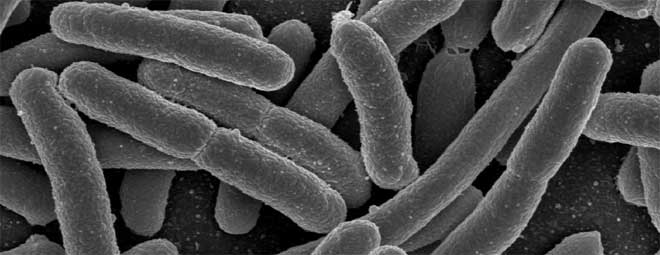
Health depends on the number of acidophilus that balance and buffer Escherichia coli.
There is a proportional relationship between diet and the quality of intestinal flora. Excessive meat consumption destroys acidophilus, as do coffee, chocolate, overcooked food and tobacco.
Similarly, the antibioticsespecially the broad-spectrum ones, exert an devastating effect on intestinal flora and inflame the bowel wall.
We could say that there are three reasons why today's diet leads to an increase in colon pathologies:
- Excess meat
- Excess fat
- The absence or insufficiency of fibres
As the Advances with Research magazine in 1980, No other cancer risk factor is as significant as the dietary factor.
Dr. Gori of the National Cancer Institute in the United States was the first to find that Meat and fats are largely responsible for cancers, and not so much chemical additives, flavour enhancers or colourings.
If we draw a kind of geographical-food map, we will see that in populations where very little meat is consumed, such as in Japan, colon cancer is very rare. On the other hand, in populations that eat too much meat, such as in the United States, colon cancer is becoming increasingly common.
Also, as we have already emphasised, the less fibre we eat, the greater the risk of colon cancer. Without fibre, waste accumulates and the time it takes for food to pass through the colon increases considerably, facilitating greater absorption of toxins, which will pass through the mucosa into the blood. In addition, animal fat, at body temperature, solidifies, forming plugs in the colon that facilitate constipation, so common nowadays and the cause of numerous diseases.
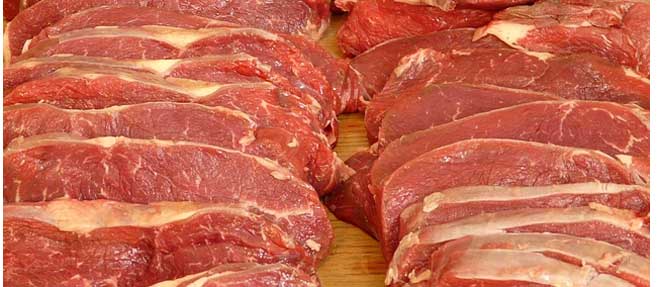
Digestion of meat produces carcinogens in the colon. If we eat meat, we have to produce and secrete more bile acids for digestion, especially deoxycholic acid, which is transformed by the action of clostridium bacteria into powerful carcinogenic substances.
Carnivorous animals rarely develop colon cancer, but this is because their colon, unlike that of humans, is completely smooth.They have no kinks and are shorter in length, which allows the meat to be digested before it rots. Digestion in these animals is faster. In humans, on the other hand, the intestinal wall is made up of a multitude of muscle fibres, which have a peristaltic function, facilitating the movement of food through the intestine. These peristaltic movements depend on what we call the vegetative nervous system (VNS), which governs the functioning of all our organs.
In turn, the SNV is divided into:
- Ehe sympathetic nervous system, which is the accelerating
- The parasympathetic nervous system, which is the braking system
For proper functioning, both must work at the right time. If a stressful situation occurs during the digestion process, the quality of digestion will be altered. This will result in bloating after a meal, flatulence, spasms, spasmodic colitis, etc.
The different stages of digestion
The digestive tract is like a kind of public relations between the inside and the outside of the organism. We can say that digestion begins in the mouth and ends in the anus.
First of all, as the Chinese say, we have to chew our food 150 times before swallowing it. After a very good chewing, the food will pass to the oesophagus and from there to the stomach. The stomach is situated below the diaphragm and continues through the duodenum, which is the first part of the small intestine. The entry of food into the stomach is regulated by the cardia and the exit by the pylorus. Both are sphincters. In the duodenum There is the common bile duct, which secretes bile produced by the liver and stored by the gall bladder and pancreatic juice. Then, the bolus formed by food reaches the jejunum and ileum, which completes the small intestineThe length is 5 metres.
The large intestine or colonwhich is the continuation of the small intestine, begins at the ileocecal valve. The colon is about 1.5 metres long and has a diameter of 3 to 8 centimetres. It spans from the ileocecal valve to the anus and is composed of:
- the cecum, the junction of the small intestine and the colón. The ileocecal valve prevents the backflow of waste into the small intestine.
- the appendix, which comes out of the cecum and has an immune and defensive role
- the ascending colon, on the right side of the abdomen
- the transverse colon, at the lower part of the navel
- the left flank of the defunct colón
- the sigma
- the rectum, situated in the concavity of the sacrum, terminating the colon and connected to the exterior by the anus.
Once the scenario for the digestionWe will give the basic outlines of their operation.
The food, on contact with the buccal mucosa, produces saliva. Once it has been crushed by the teeth and salivated to facilitate its progress through the digestive tract, digestion of the sugars begins, passing through the oesophagus and into the stomach.
The muscle fibres of the digestive wall produce a wave of contraction that propels the food bolus forward. This is what we call peristalsis.
Hydrochloric acid and pepsin will break down the protein chains and the mucus in the stomach walls will protect us from the action of the juices. When the mucus is not secreted, as happens in stressful situations, the juices attack the mucosa and can cause an ulcer.
The passage of food through the duodenum will be faster or slower depending on the composition of the food. Thus, sugars will pass through more quickly and fats more slowly.
The acid produced in the stomach stimulates the production of a intestinal hormones which in turn will cause the liver and pancreas to secrete, respectively, bile and pancreatic juices into the duodenum via the common bile duct.
These substances from the liver and pancreas are alkaline and neutralise the acidity produced by the stomach.
For 4 to 8 hours, the food bolus will remain in the small intestine and the main nutrients are absorbed by the intestinal microvilli that line the wall of the small intestine and discharged into the blood and lymphatic circulation. What is still left over will reach the large intestine - the colon - and stay there for 10 to 12 hours. This is where the body absorbs water from food and other nutrients. The colon plays a role in the formation and elimination of faecal matter, as well as hydration of the body.
At this level, it is worth noting the importance of intestinal bacteria colonising the large intestine and that carry out the decomposition of what remains of the food bolus. These bacteria ferment the faeculents, releasing hydrogen from the carbonic gas, methane, transforming the remains of proteins into amino acids. These products in turn are converted into indoles and hydrogen sulphydryls, which are responsible for the smell of faeces. The colour of the faeces is due to bilirubin produced by the liver.
A faeces Yellowish stools indicate consumption of vegetables, while brown stools are a sign of protein-rich diets, or black stools may be due to iron-based drug treatments or the presence of blood from the stomach or small intestine (clotted). Clear stools are a sign of biliary insufficiency.
The Dr Catherine KousmineThe standard-bearer of the so-called Kousmine method, and well known among all doctors practising biological medicine, said that The mechanism of faecal concentration is impressively precise. For the stool to have a normal consistency, 86 percent of the water must be reabsorbed. If 88 percent is reabsorbed, the stool becomes too hard and with the 82% reabsorption rate, it is too fluid.
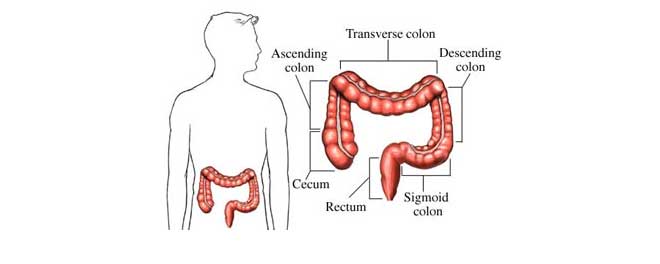
With regard to the composition or anatomy of the colonThe first is a group of two, it must be remembered that it is made up of the following:
- Mucosa. In contact with the intestinal contents by the surface epithelium, which carries out the absorption of nutrients.
- Submucosa, rich in internal and external muscle fibres, performs peristalsis.
In between, there are a multitude of nerve branches, from Meissmer's (submucosal) and Auerbach's (muscular) nerve plexuses.
- Serosa, last membrane, prolonged by the mesentery, with numerous lymphatic vessels, blood vessels and nerves.
In short, the colon is a place of exchange where the functions of absorption of nutrients, elimination of waste, hydration of the body, body-to-body protection against toxins and production of vitamins are carried out.
All this ideal process of digestion is not currently taking place in our organism because the quality of the food, as we said at the beginning, is not the most advisable, neither are the conditions of absorption and assimilation, and the quality of evacuation is far below what it should be.
Our organism does not eliminate the waste products of its metabolism to the outside world, and little by little it becomes autointoxicated, which leads to degenerative diseases: cardiovascular diseases, rheumatic diseases, etc.
In conclusion, we can advise that we should eat better and not abuse chemically synthesised drugs which, in many cases, far from benefiting us, make us sink even further, although apparently it does not seem so.
Once again, natural is best for our health.

